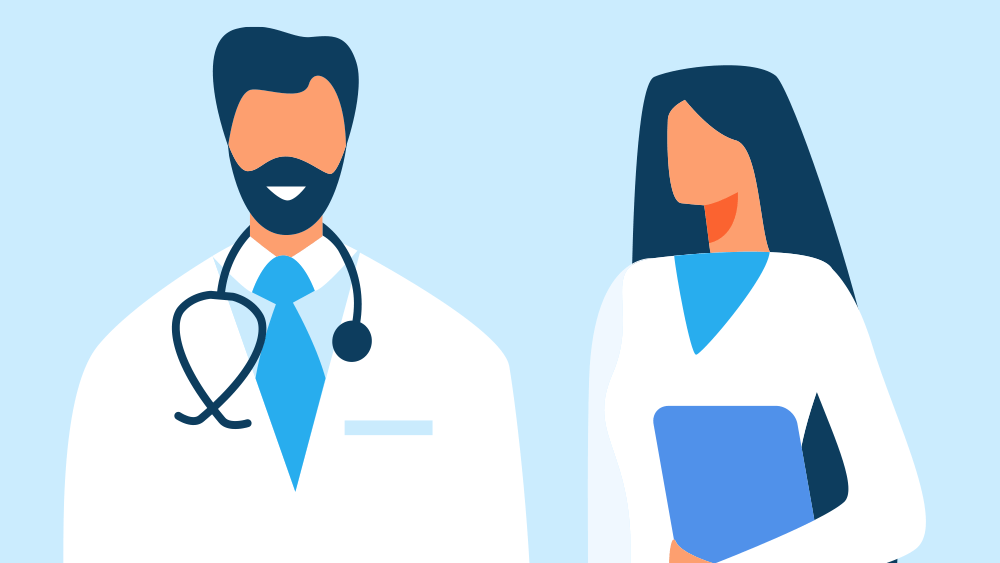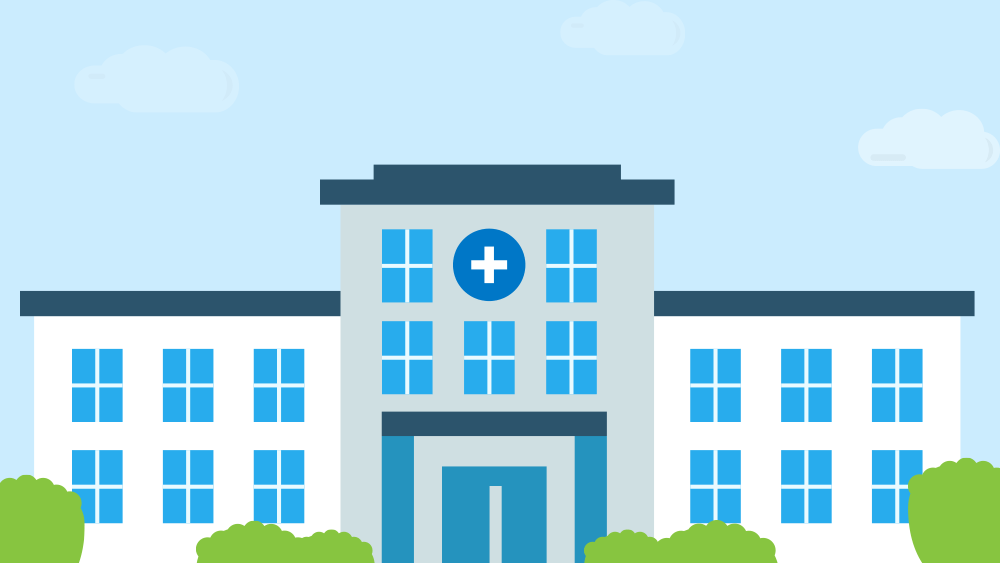The Rochester Regional Health Spine and Pain Center offers evaluation and treatment services for spinal stenosis, which causes lower back pain when standing or walking.
Learn more about spinal stenosis, common symptoms, possible causes, and how our expert team evaluates and treats this condition below.
Spinal stenosis occurs when bulging discs, arthritic spurs, and thickened tissues combine to "compress" the nerves traveling through the spinal canal.
With age, the spinal canal - located in the lower back - gradually can narrow, resulting in spinal stenosis. This narrowing process reduces the space available for the spinal cord and associated nerves. If only a small amount of spinal narrowing occurs, generally no pain will result. However, as narrowing continues, the nerves that travel through the spinal column to the legs become constrained, leading to back and leg pain, as well as leg weakness.
Spinal stenosis typically occurs among older adults, and arthritis as well as injuries can also cause the spinal cord to narrow.
The most common symptom of spinal stenosis is lower back pain when standing or walking. Leg pain and numbness may inhibit walking, and the spine may lose the lumbar curve and appear flat.
Because we tend to bend over slightly when we walk uphill and worse going down, relief is typically found when you bend forward or sit. When spinal stenosis becomes severe, symptoms may become constant and permanent nerve injury may result.
Talk with your Rochester Regional Health doctor about the best treatment plan for you. Treatment options include the following:
To learn more or make an appointment, call (585) 723-7705.

Browse our expert physicians and providers to find the best and most convenient doctor or specialist for you.
Provider Directory
With hundreds of locations throughout Western and Central New York, find a Rochester Regional Health location for the services closest to your home.